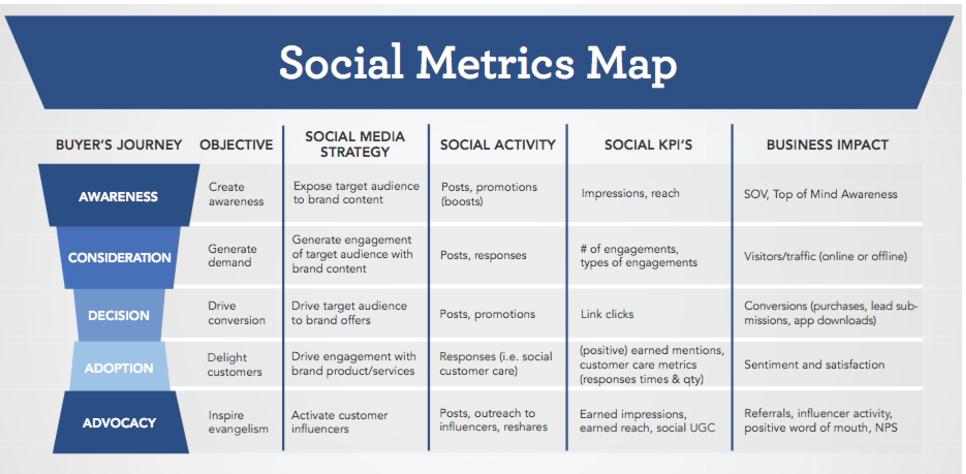
In today’s dynamic digital landscape, where the lines between consumers and creators blur, the art of storytelling has found a powerful ally: influencers. These modern-day trendsetters wield the remarkable ability to shape perceptions, inspire action, and drive engagement through authentic connections with their audiences. As brands seek innovative strategies to stand out in an ever-crowded marketplace, the collaboration between companies and influencers has emerged as a vital tool for launching impactful campaigns. This article delves into the nuances of mastering campaigns through influencer partnerships, exploring how strategic collaboration can amplify messages, enhance brand visibility, and forge deeper connections with consumers. Join us as we navigate the intricacies of influencer marketing, offering insights and best practices for businesses looking to harness this formidable force for meaningful impact.
Understanding the Influencer landscape for Effective Collaboration
In the ever-evolving digital landscape, understanding the influencer marketplace is crucial for designing impactful collaborations. Influencers today come in various forms, each with unique audiences and engagement styles. Brands must identify and segment these influencers based on factors like their niche, audience demographics, and engagement metrics. To facilitate effective partnerships, consider the following categories of influencers:
- Macro-Influencers: Individuals with a large following, ofen in the hundreds of thousands or more. They tend to reach a broader audience.
- Micro-Influencers: Influencers with smaller, more niche followings who frequently enough boast higher engagement rates. Their authenticity can drive deeper connections with audiences.
- Nano-Influencers: those with a very small but highly engaged follower count. They often have a personal relationship with their audience.
When approaching potential collaborators, it’s essential to evaluate not just their reach but also the resonance they have with their audience. Brands should prioritize establishing genuine relationships that focus on shared values and mutual benefit. Here’s a concise comparison to guide decision-making:
| Influencer Type | Follower Range | Engagement Rate | Ideal Use Case |
|---|---|---|---|
| Macro-Influencers | 100k – 1M+ | 1-3% | Brand awareness and broad reach |
| Micro-Influencers | 10k – 100k | 3-10% | Niche marketing and authenticity |
| Nano-Influencers | 1k – 10k | 10%+ | Highly targeted campaigns |

Crafting Authentic Partnerships that Resonate with Audiences
Building genuine partnerships with influencers necessitates a thoughtful approach that aligns both brand values and audience interests. To achieve this,consider the following key strategies:
- Shared Vision: Seek influencers who genuinely resonate with your brand ethos and mission,ensuring a seamless integration of their voice with your narrative.
- Engagement Over Reach: Prioritize influencers with active engagement levels over sheer follower numbers; the authenticity of interaction breeds deeper connections.
- Open Interaction: Foster an environment of transparency, where both parties can share ideas freely, leading to authentic content creation.
Moreover, assessing the impact of these influencer collaborations requires an understanding of the audience’s response. Setting up a framework for evaluation can streamline this process:
| Metric | purpose | How to Measure |
|---|---|---|
| Engagement Rate | Evaluate audience interaction with the campaign | Likes, comments, shares |
| Brand Sentiment | Gauge audience perception post-campaign | Surveys, social listening tools |
| Conversion Rate | Assess the effectiveness in driving action | Referral links, promo codes |

Measuring Success: Key Metrics for Evaluating Campaign Impact
When evaluating the impact of your influencer campaigns,it’s essential to focus on a variety of metrics that paint a comprehensive picture of success. Here are some key indicators to watch closely:
- Engagement Rate: Look at likes, shares, comments, and overall interaction to determine how effectively the content resonates with the audience.
- reach and Impressions: Analyze how many people have seen the campaign content versus how many times it was displayed.
- Conversion Rate: Track the number of followers or customers gained as a direct result of the influencer partnership.
- Brand sentiment: Measure changes in audience perception and feelings towards your brand post-campaign.
To quantify these metrics,you might want to create a straightforward tracking table. Below is a sample format to help you visualize the data:
| metric | Before Campaign | After Campaign | Change (%) |
|---|---|---|---|
| Engagement Rate | 2.5% | 5.0% | +100% |
| Reach | 10,000 | 20,000 | +100% |
| Conversion Rate | 1.2% | 3.0% | +150% |
| Brand Sentiment | Positive 60% | Positive 80% | +33% |
By closely analyzing these metrics, marketers can not only gauge the immediate effects of their collaborations with influencers but also identify areas for future improvement. Cultivating this data-driven approach enhances campaign strategies and fosters deeper connections with audiences, ensuring that your efforts are aligned with overall business objectives.

Nurturing Long-Term Relationships for Sustained Influence
Building strong, lasting connections with influencers emphasizes quality over quantity. In the ever-evolving landscape of social media, it’s essential to understand that influence is not solely derived from follower counts but from the authenticity and relevance of the influencer’s message. By prioritizing relationships,brands can engage in meaningful partnerships that resonate with audiences. A successful long-term collaboration can lead to:
- Increased Credibility: Consistent partnerships promote trust among followers.
- Enhanced Storytelling: Continuous collaboration allows the crafting of a unified brand narrative.
- Shared Values: Aligning with influencers who share your brand’s mission fosters organic engagement.
Moreover, nurturing these relationships involves ongoing communication and appreciation. Regular check-ins and personalized interactions ensure that influencers feel valued, fostering a sense of community. Brands should also track the performance of these partnerships to adapt strategies and maintain relevance. Consider implementing a feedback loop where both parties can share insights, leading to:
| Strategy | Benefit |
|---|---|
| Regular Engagement | Builds rapport and loyalty |
| Performance Metrics | Guides strategic adjustments |
| Co-Creation | Enhances creativity and relevance |
Closing Remarks
As the digital landscape continues to evolve, the partnership between brands and influencers has never been more critical.Mastering campaigns through collaboration not only amplifies reach but also fosters genuine connections with audiences.by harnessing the unique voices and perspectives of influencers,brands can create authentic narratives that resonate deeply with consumers,driving engagement and impact.
As you embark on your journey to collaborate effectively, remember that success lies in mutual respect, shared values, and a commitment to creativity. Embrace the art of storytelling, leverage diverse platforms, and stay attuned to the changing preferences of your target audience. With the right strategy, each campaign can transcend mere marketing, becoming a powerful catalyst for community building and brand loyalty.
In navigating this dynamic partnership, may your campaigns not only reach new heights but also inspire lasting relationships that stand the test of time. Here’s to creating impactful narratives together—one collaboration at a time.